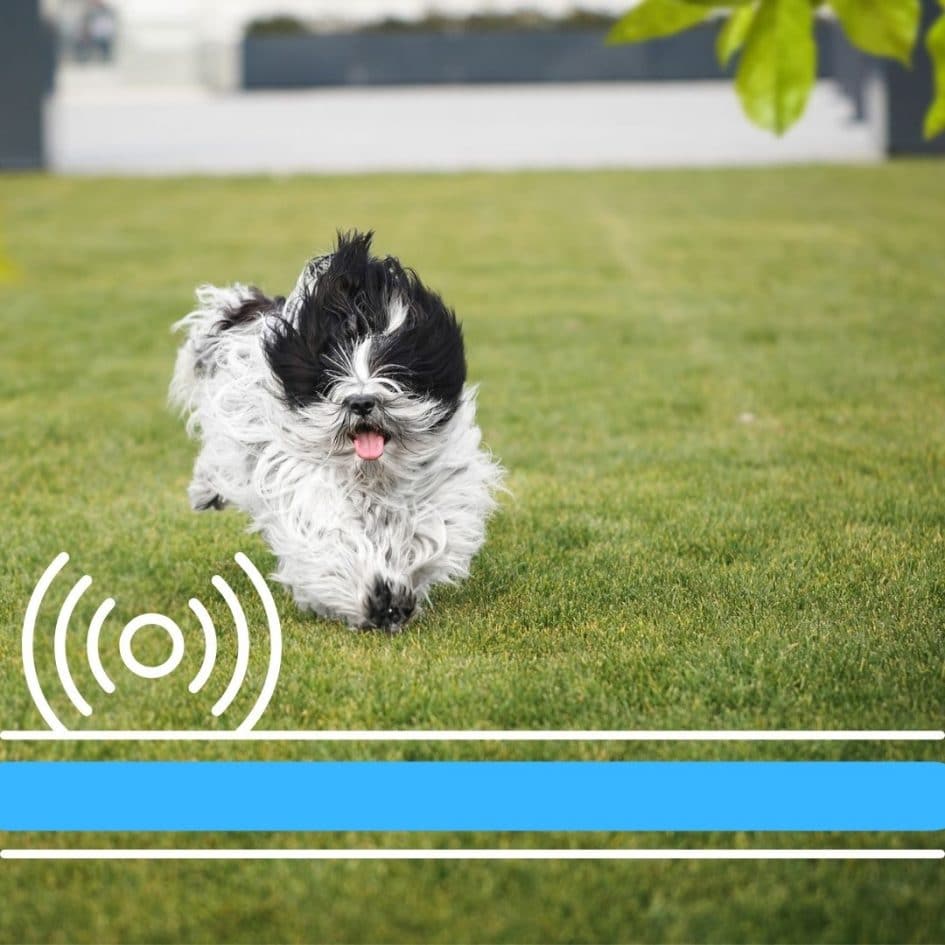

Dog wireless fence explained!
If you want to give your beloved baby that freedom, a wireless dog fence is a good call. Learn more about this option in this guide.
Dogs need plenty of space to roam around, explore, and get playtime in. However, they can also end up in risky situations, especially if they’re still puppies. As much as we want to spend all our time with them, we can’t, which means it’s important to keep them safe constantly.
The Wireless Dog Fence
If you want to give your beloved baby that freedom, a wireless dog fence is a good call. There are several benefits to it over that of other possible fencing options. To begin with, they’re far more easy and convenient to install than the likes of wired dog fencing systems.
The days of burying wire under trenches you dug yourself will be long behind you! Instead, you just have to find a good place for the transmitter unit (a closet would be ideal), then plug it. As soon as the time comes to use it, it’s as simple as turning it on. If you’re done, you can then turn it off. It’s like flipping the light switch or even unlocking your smartphone.
Since it’s so portable, you can take it with you to parks during family picnics or when traveling or even moving to another place. Its invisible nature allows it to fit in no matter what the aesthetics of the home are.
Transmitter and Receiver
In terms of area, the wireless dog fence can be adjusted to cover anywhere from a 15-ft to a 90-ft circle. Should your dog try to step out of that, there will be an audible warning signal that they will hear. If it’s ignored, a static correction sensation that is completely harmless will be felt by your dog. This is how the dog is contained invisibly; gradually, they will get used to it.
There are two parts to the wireless fencing system, allowing it to work. One is the transmitter, as previously mentioned; the other is the receiver collar. There’s a signal emitted by the transmitter that is detectable by the receiver-collar your dog will be wearing.
Need a bigger “safe area”? The good news is that the ratio of transmitters and receiver collars is not necessarily 1:1. You can always combine several transmitters so that you get a recreation area that’s bigger and customized to your needs.
Training
There will be some training involved in the beginning so that your dog will have a working knowledge of their boundaries. Turn the transmitter unit off during this time. Set visible boundaries with warning flags and walk them around them. It will take a few days (or even a week if your dog is extra playful), but they will adjust to the routine. Turn the transmitter on at the lowest setting; let the dog experience the signal and correction.
Eventually, they will turn back when they hear the signal. When that happens, training is complete.
Conclusion
Dogs are particularly playful and rambunctious, which means keeping them safe is vital. Even just having an area to explore, play, and even rest is important. Give them a safe zone by using a wireless dog fence.
Searching for the best small pet news? Check out The Pets People today! We provide practical, real-life ideas, and training tips to keep your pets happy, healthy, and comfortable!
Discover how to create a joyful, healthy home for your pet.
Subscribe to your weekly rundown of practice, real life ideas and training tips straight to your inbox.


